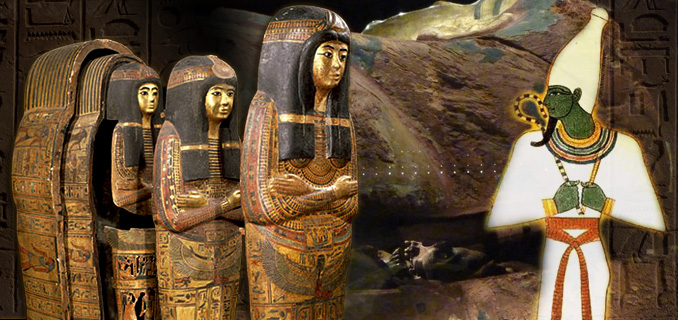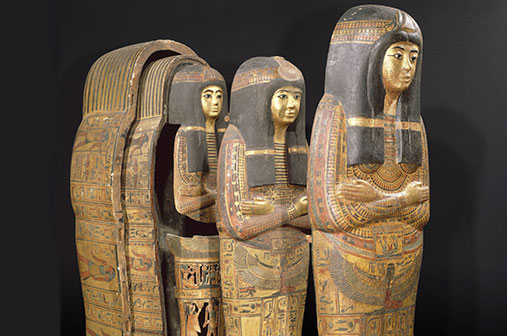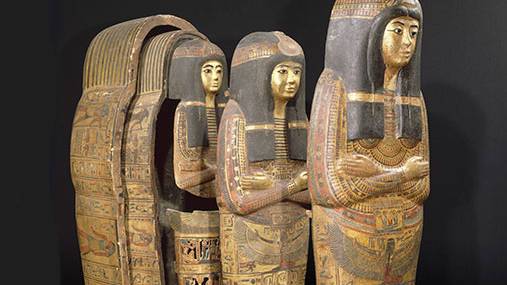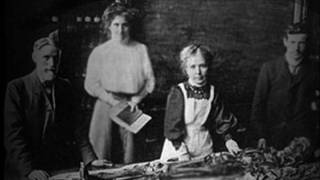One mummy – many coffins
Source: pasthorizonspr.com

Boxes and other forms of containers are technologies that arise at given points of time in various cultures. Everybody knows the ancient Egyptian practice of mummifying their dead. What is perhaps less known is that they placed the mummies inside layer upon layer of coffins says Anders Bettum, Egyptologist at the Department of Culture Studies and Oriental Languages, University of Oslo.
A similar idea can be found with Russian dolls, Chinese boxes and even Norwegian poetry traditions.
“The Egyptian coffin sets are based on the same principle that we can observe with Chinese boxes and Russian nested matryoshka dolls, where objects are nested inside each other to constitute a complete ensemble,” he says.

Coffin set belonging to the temple singer Tamutnofret, composed of an outer coffin, an inner coffin and a “mummy-cover”, a full-length death mask that was placed over the mummy. The origin of the set is a now unknown grave in Thebes. It can be dated back to the reign of Ramses II (approx. 1279-1213 BCE).
Ancient Egyptian history encompasses a period of nearly three thousand years, up to the Roman conquest in the year 30 BCE. Today, museums all over the world possess mummies or coffins that have contained mummies of more or less prominent men and women.
The child king Tutankhamun (1334-24 BCE) was buried in as many as eight coffins, according to Bettum.
“For men and women who were members of the ancient Egyptian elite at that time, three or four coffins were not unusual,” he adds.
Linking the dead to the gods
According to the researcher’s recent PhD thesis, “Faces within Faces – The Symbolic Function of Nested Yellow Coffins in Ancient Egypt”, nested coffins were not only a status symbol for the Egyptian elite.
“They also played a key role in the process that would link the deceased to their ancestors: to Osiris, the god of the afterlife, and to Amun-Ra, the sun- and creator god,” Bettum says.
Funeral rituals – a unification of two myths
The rituals and the myths that were reiterated during the seventy days that a funeral lasted are symbolically rendered on the coffins. The components of each nest, including the mummy-cover, the inner and outer coffins – reflect the Egyptians’ view of the world.
[...]
Read the full article at: pasthorizonspr.com






















